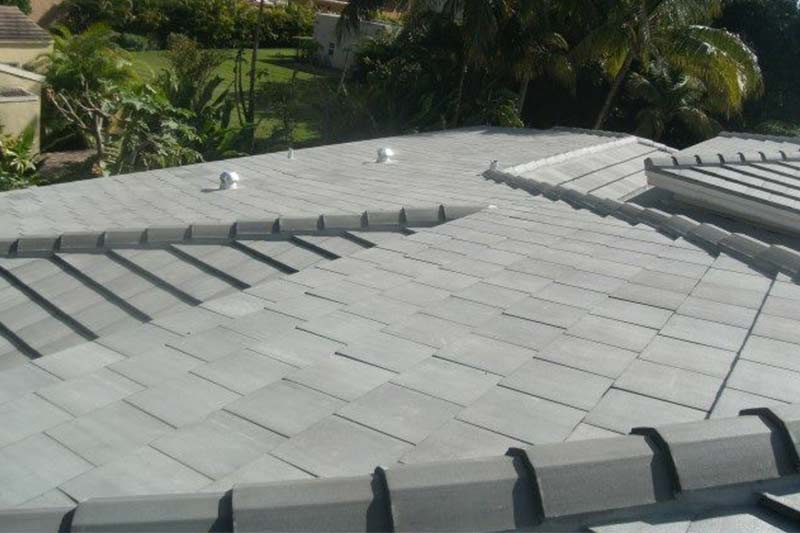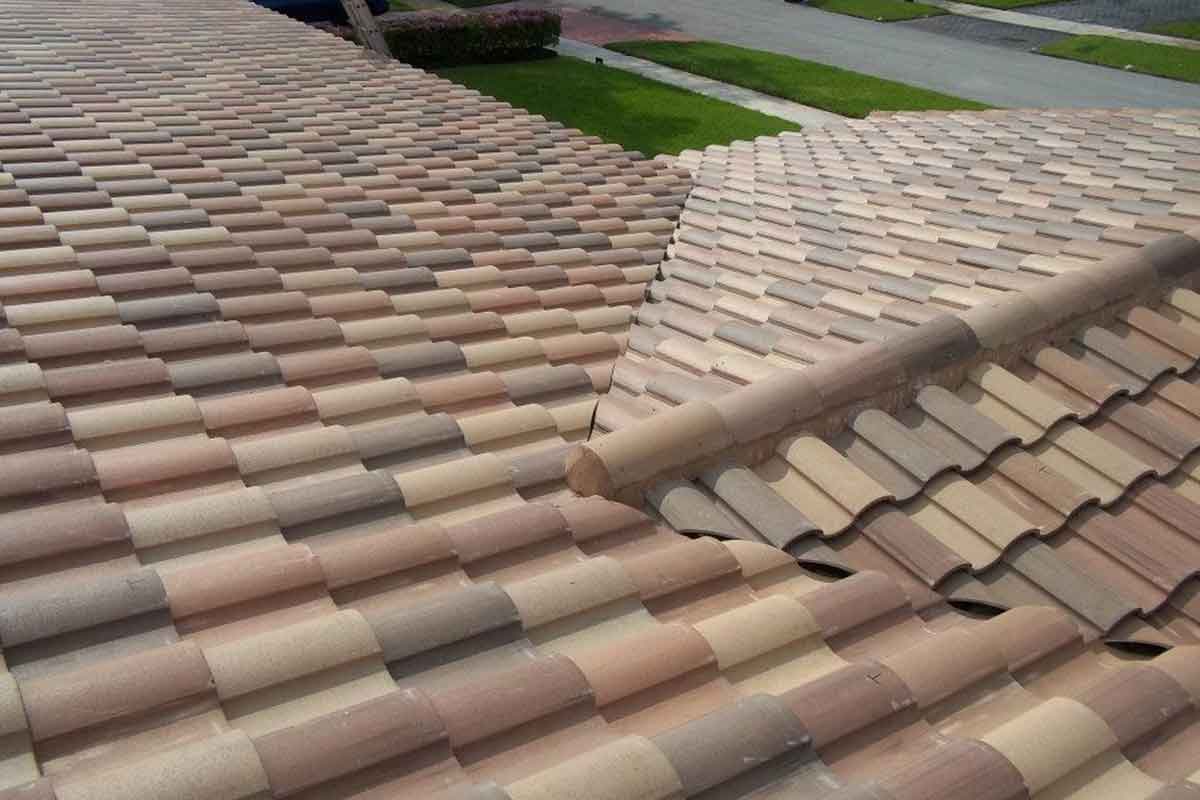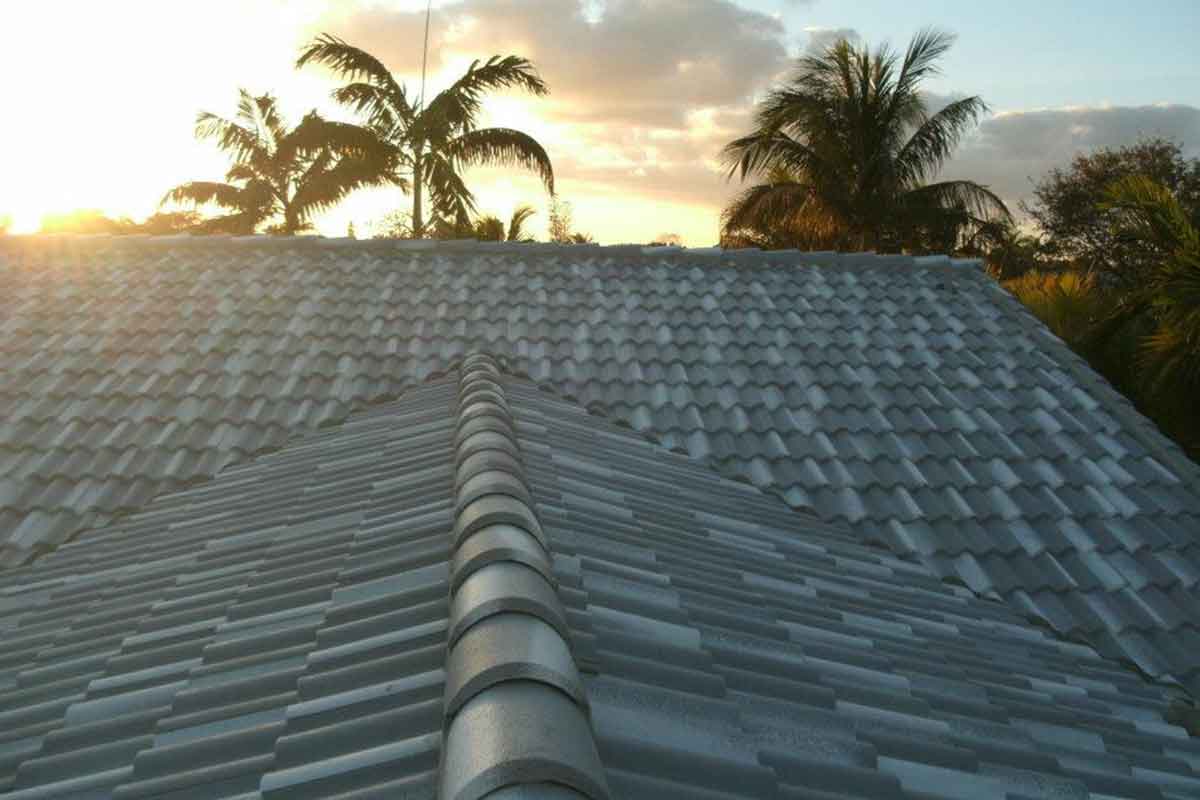Quality matters when hiring for a big project. Call a Best Pick now!
The importance of your home’s roof really can’t be overstated. Without a solid, functioning roof, a house quickly turns into an uncomfortable place to live—not something any homeowner wants to endure. To protect your investment and your health, prioritize keeping your home’s roof in good shape.
How do you do that?
Well, as is the case with your home’s other systems, preventative maintenance is key. If they’re caught early, problems such as failed flashing, missing or torn shingles, and broken tiles are easier to fix and less likely to have already caused major problems to the structure or interior of the house.
This is where roof inspections come in!
Getting up on your roof by yourself is never a good idea. (Really—don’t do it. It’s not worth the risk.) And would you know what to look for or how to make necessary repairs? Probably not. That’s why you should always leave roof inspections to the pros.
Wondering what a roof inspection involves? To get the details for you, I talked with Louis Toledo, CEO of T&S Roofing Systems, a Best Pick roofing company in Miami, Florida. He helped me understand the ins and outs of roof inspections and how to know if you need one.
Keep reading to learn more!
Do I Need a Roof Inspection?

There are four main reasons you might need to have your roof looked at by a professional, says Louis. If your answer to any of the following questions is “yes,” a roof inspection needs to be in your future:
- Have you noticed water where it shouldn’t be in your home? Any obvious roof leaks or dark stains on the ceiling?
- Are you buying a home?
- Are you renewing your home insurance or changing carriers?
- Has your area recently experienced a major storm?
Roof leaks and ceiling stains
In most homes, roof leaks aren’t quite as dramatic as they’re sometimes portrayed on television and in movies. Instead of racing around your house placing buckets and coffee cans under streams of water coming from the ceiling, it’s far more likely that you’ll begin to notice dark stains slowly spreading across the ceiling.
If you see stains on the ceiling, especially on the top floor of your house, it’s likely that you have an active roof leak. Call a roofer as soon as you can.
Purchasing a new home
If you’ve gone through the house-buying process before, you know how nerve-wracking the inspection and appraisal process can be. A home inspection is very important, but if there are major issues with one of the home’s systems—including the roof—consulting an expert is the smartest course of action.
“Home inspectors usually aren’t roof experts,” Louis notes, “so they’ll usually recommend a separate roof inspection if they notice a problem.” If your home inspector points out a problem with the roof, don’t forget to follow up with a roofing professional.
Renewing home insurance policy or changing insurance carriers
If you renew your home insurance policy or change your insurance company, the insurance provider will most likely request a roof inspection. The amount of your premium depends on the value of your house (and the likelihood that you’ll file a claim), so the insurance company will want an accurate, current assessment of its condition.
The roof plays an important part in keeping the rest of the house in good shape, and it’s an expensive component to replace. Roofs are also the source of the majority of home insurance claims. If your roof is old or needs repair, your home insurance premium will likely be higher than you hoped (or your coverage could be denied altogether).
Major storm aftermath
Even if you didn’t lose any trees or suffer obvious damage, having your roof inspected after a major storm is always a good idea, says Louis. Signs of roof damage can be subtle, and they’re often located in spots that you can’t see from the ground. Don’t climb up on your roof to check for damage yourself—the pros have the knowledge, experience, and equipment to do it safely, so let them take care of it.
Roof Inspection Process

The inspection
Your roof inspector should look at your roof from both the interior and exterior, Louis says. “We start inside the house and look at ceilings for signs of water damage and leaks. Then we walk around the perimeter of the property, inspecting the eaves and roof overhangs for signs of wood rot and termite damage.”
Next, says Louis, the inspector should climb up on the roof. From this vantage point, the inspector will look for the following:
- Vegetation and debris on the roof
- Broken tiles or shingles
- Rust and other signs of deterioration on roof flashing
- Clogged roof valleys
- Clogged gutters
- Cracked or failing seals around all roof penetrations—plumbing vents, attic vents and fans, pipes, etc.
If your home has a flat roof, the inspector will also look for lifted overlaps and delaminating roof material, both precursors to roof leaks.
After the inspection
The end result of the inspection largely depends on the condition of the roof, says Louis. “If repairs are needed, you can expect a written estimate for those repairs, including a scope-of-work document. If no repairs are needed, we prepare a written inspection report.”
Regardless of whether roof repair is necessary, getting the inspection results in writing is very important. Your home insurance company will need this information, and it’s good documentation to have on hand if you put your house on the market in the future.
Common problems found during roof inspections
The most common problem found during a roof inspection, Louis says, is an active roof leak. “We also find a lot of tile roofs with broken, cracked, or missing tiles. On shingle roofs, we see problems with nail pops—areas where the nail holding the shingle to the roof decking has backed out. When the nail backs out, it leaves a hole for water to get in.”
Aside from active leaks and problems with the roofing material, Louis says that his crew also finds a lot of roofs and gutters clogged with leaves, tree branches, and other debris as well as cracked and separated sealants around the pipes and vents that stick out of the roof.
Accumulation of debris prevents water from draining off the roof efficiently, and any time water sticks around when and where it shouldn’t, the risk of leaks and shingle damage increases.
“Ultimately, a lot of the stuff we see during inspections comes down to neglected roof repairs and issues—things that, if they’d been taken care of earlier, probably could have been avoided,” says Louis. Consistent maintenance is key to the health and long lifespan of your roof.
Roof Maintenance Tips

Keeping your roof and gutter system clear of debris will help prevent lots of issues and potential leaks. If you want to avoid costly repairs and keep your roof in good shape for as long as possible, follow Louis’ top three roof maintenance tips:
- Keep your roof free of debris. You may be able to remove some leaves and small sticks from the roof with a leaf blower, but larger pieces of debris—tree limbs or heavy branches—will need more force. If using a leaf blower with your feet planted firmly on the ground doesn’t do the trick, call in the pros—don’t get on the roof yourself.
- Keep your gutters clean. Because cleaning gutters also involves ladders, this isn’t a task you should take on yourself. Hire a professional gutter cleaning company to clean and inspect your gutters twice per year—once in the late spring or early summer and again in the late fall or early winter.
- Have a pro inspect your roof every five years. Maintaining a regular roof inspection schedule is key to catching and preventing major problems, Louis says.
The Bottom Line
An ounce of prevention is worth a pound of cure, right? While Benjamin Franklin intended that nugget of advice for preventing fires in 18th-century Philadelphia, it holds true to many parts of life today—including homeownership.
Roof leaks and the problems that come along with them can wreak havoc on your home. If leaks aren’t addressed promptly, the repair work gets more complex, eventually involving serious water damage and mold remediation.
Don’t let your roof get to that stage of disrepair!
- Give Louis (or a Best Pick roofer in your area) a call if you notice any signs of water intrusion.
- Ask your roofer to inspect your roof every five years.
- Keep your roof clean—don’t let big piles of leaves and branches impede the flow of runoff from the roof.
This article was crafted with the help of Louis Toledo, CEO of T&S Roofing Systems.


























